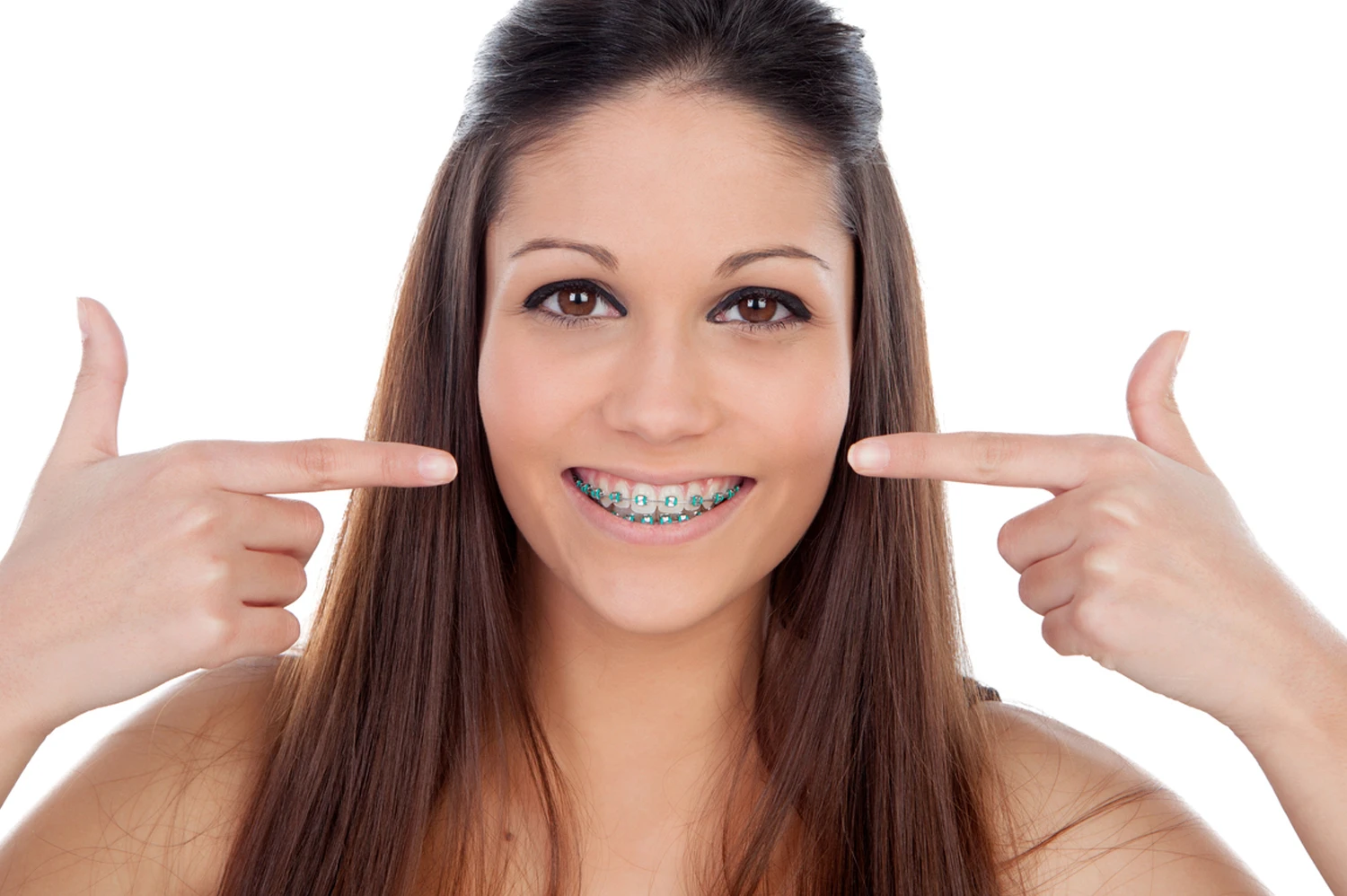If you’re on the quest for a straighter smile, you might be looking into the different types of braces and whether they’re right for you. With so many teeth straightening options out there, knowing what’s right for you can be tricky. That’s why we’ve put together this guide on the various types of braces and essential aftercare.
Fixed braces
Fixed appliance braces are often known as ‘train track’ braces. They are small metal brackets, stuck to the teeth using dental glue. Wires run through the brackets and are kept in position often with elastic rings. The wires exert force and help move the teeth into the desired position. The forces are kept low to reduce the risk of damaging the teeth, which is why treatment can sometimes take around two years.
Fixed metal braces are very effective and are much smaller than in previous years. This makes them a popular choice for people with more complicated tooth arrangements who want to straighten their smile effectively.
Gold brackets
Many people are now opting to make a statement with their braces, choosing gold appliance systems such as the ‘3M Unitek Victory Series’ 24K gold plated brackets. These can be complemented with gold wires which can provide an alternative to the traditional stainless steel look.
Ceramic brackets
Fixed ceramic braces are a popular alternative to traditional metal braces. They are similar in size and shape but the brackets are tooth-coloured or clear so they blend with the natural colour of your teeth. Many adult patients prefer ceramic braces because they are much less noticeable, though they do sometimes have a slightly higher price tag.
Self-ligating braces
One of the types of braces we use here at Dulwich Orthodontics is the Damon Self-Ligating System, which eliminates the need for elastic or metal ties and tightening. Instead, the sliding mechanism in the braces responds to the movement of your teeth and gently glides them into position. Damon Self-Ligating braces are particularly light and the modern technology means they often move teeth faster and require fewer adjustments and trips to the orthodontist.
Lingual braces
Lingual braces are made from the same components as normal ‘train track’ braces, but there is one key difference. Instead of being fixed to the front of your teeth, they are applied to the back, making them far less obvious. This makes them a popular choice with image-conscious teenagers and working professionals, who might prefer their braces to be more discreet.
Invisible Invisalign clear plastic aligners
Clear aligners are one of the most popular orthodontic treatments because they’re easy to use and virtually invisible. Ideal for those in the public eye, or for those who want to smile without showing their braces. Unlike fixed braces, Invisalign can be removed when eating and when you brush your teeth, making them an attractive option for those looking for convenient teeth straightening options.
Aftercare for fixed braces
Make sure you’re brushing regularly and using interdental brushes
Out of all the different types of braces, aftercare is perhaps most tricky with the fixed type. This is simply because they cannot be removed, meaning you need to clean around them effectively, especially after eating and drinking. Aside from brushing your teeth regularly, using interdental brushes can help remove debris from around the braces. Not only does this reduce the risk of plaque building up around the braces, it can help remove any staining between the teeth.
Stay away from hard and coloured foods
While it can be tempting to chow down on a bag of boiled sweets, don’t! Foods like sweets, apples, popcorn and other hard foods can damage the braces and mean you’ll need to revisit the orthodontist to have them fixed. Similarly, coloured foods can discolour your teeth, leaving difficult to remove stains around the brackets. You might not notice this until you have your braces removed, so be aware and don’t let stains ruin the unveiling of your new smile.
Soreness
After you’ve had your braces tightened, they may be sore for 24-48 hours. Take ibuprofen and paracetamol according to the instructions on the packet. If the discomfort lasts for much longer, it’s always worth checking in with your orthodontist to see whether any further adjustments need to be made.
After care for Invisalign or removable braces
Make sure you’re brushing and using interdental brushes
Remove your retainers while eating and be sure to brush your teeth when you’ve finished. We always check that our patients are using interdental brushes as part of their brushing routine, and for good reason. Using interdental brushes helps remove plaque and debris from the gums, lessening the chances of gum disease and toothache. If your gums bleed upon brushing, mention it to your orthodontist and start using interdental brushes to see if that helps.
Clean your retainers
The best way to clean your Invisalign retainers is to use the Invisalign cleaning system. You can also brush them with a toothbrush and toothpaste and wash them in warm water. Never use boiling hot water as it can warp the aligners.
Let your orthodontist know if you break or lose your aligners
Invisalign retainers are considered a prescription treatment, so if you break or lose them, be sure to tell your orthodontist straight away so they can order you a replacement.
Overall, all types of braces have plus and minus points, and what works for you and your lifestyle may be completely different to someone else. If you’re thinking about orthodontic treatment the best thing you can do is speak to a reputable orthodontist who will be able to offer bespoke advice. To begin your journey to a straighter smile, contact us here at Dulwich House Orthodontics. We’d be delighted to help.






